For the past few weeks, protests have rocked college campuses across the United States over Israel’s war against Hamas. Last night, police raided Columbia University to remove students occupying one of its buildings, while violence has broken out between protesting groups at UCLA in California.
It is only when Israel is defending itself against rapists and murderers that there is this degree of frenzied hysteria across universities
The pro-Palestine demonstrators portray themselves as defenders of human rights and social justice — viewing Israel through the warped lens of anti-colonialism and intersectionality. But in reality they have been amplifying the messaging of US-sanctioned terrorist organizations like Hamas. These entities have the blood of Americans, Israelis and Palestinians on their hands. But none of this seems to bother the protestors.
Nor do they seem concerned about the plight of people living under the most repressive governments in the world. Take Iran. A United Nations fact finding mission this year “found cases of women and girls subjected to rape and other forms of sexual gender-based violence, including gang rape, rape with an object, electrocution of genitalia, forced nudity, and groping” during Woman, Life, Freedom protests against the Islamic Republic. All the while, the United States continues to pursue diplomatic deals with Tehran and allows it to fund its malign activity with generous sanctions waivers and lax enforcement of US sanctions. Yet there were no widespread campus protests against the Iranian leadership or for changes to US policy as the people of Iran were being blinded, executed and tortured in search of freedom.
It is only when Israel, the world’s only Jewish state, is defending itself against rapists and murderers that there is this degree of frenzied hysteria across universities. This represents a failure of the academy across the board — in curricula, faculty and student extracurricular oversight, and enforcement of university codes of conduct.
US adversaries like Iran are quickly seeking to exploit this dynamic to reinforce their own domestic propaganda, to undermine the US position abroad, and to engage in influence operations seeking to further divide and enflame. The protests enveloping Columbia University have made the front pages of Iranian newspapers like the hardline Kayhan. Telegram channels and media outlets connected to Iran’s regime have also been constantly sharing videos of US rallies and arrests for disorderly conduct. They have zeroed in on flags connected to Hezbollah displayed in a crowd in Manhattan and at Princeton University, as evidence for support for the Axis of Resistance.
A leaked document recently surfaced from the IRGC’s Intelligence Organization, one of the most repressive instruments of the Iranian state, dated March 11, 2024. It said: “given the recent developments in the issue of Palestine and the psychological impact of the Al-Aqsa Storm operation on Palestinian communities in European and American countries, it was determined to implement significant support measures for April 15 [pro-Palestinian marches] and other rallies with the aim to achieve political isolation [of Israel].” The document is signed by Mohammad Kazemi, the head of the IRGC’s Intelligence Organization, who is sanctioned by the United States.
If genuine, this is broadly consistent with Iranian activity in other countries like the United Kingdom, where police have been warning that agents linked to Iran have been physically present at pro-Palestinian protests and engaged in online information operations. Such campaigns chime with the guidance from Iran’s supreme leader to maintain supremacy in the media war over the last few months. On May 1, he said “Nations have become sensitive to the Gaza issue as it is the world’s top one. We should not allow this issue to be removed from the world’s public opinion, and pressure must increase on the Zionist regime day by day.”
The Iranian regime has demonstrated both a capability and willingness to employ these tools in the past. During the 2020 US presidential election, the head of the National Counterintelligence and Security Center warned that Iran was trying to “increase discord” and “undermine the American people’s confidence in our democratic process.” The most recent US intelligence community’s Worldwide Threat Assessment estimated that Tehran would continue to do so during the 2024 presidential election campaign. The current level of strife over Israel’s war against Hamas and the already divisive presidential campaign has become a perfect opportunity for Tehran.
Iran’s interest in the student protests is therefore unsurprising. Recently at Columbia University, a “Resistance 101” event was organized by “Columbia University Apartheid Divest.” The event hosted speakers such as the international coordinator of Samidoun, the Palestinian Prisoner Solidarity Network. Samidoun has been banned in Germany for disseminating “anti-Israel and anti-Jewish propaganda while claiming to promote solidarity with prisoners in different countries.” According to Israel, the group has close links to the Popular Front for the Liberation of Palestine (PFLP), a US-designated foreign terrorist organization.
Iran resumed military and financial support to PFLP in 2013 after a fallout with other Palestinian militant groups over the Syrian civil war. Hezbollah brokered the rapprochement, with the likely help of the IRGC.
A video of an American activist, who has been featured on Iran’s Press TV and pro-Hezbollah Al-Mayadeen, instructing anti-war activists in Chicago to chant “Death to Israel” also surfaced in April. A pro-IRGC Telegram channel, the Resistance News Network, and Telegram accounts associated with the US college protest encampments have been promoting each other’s content as well. These networks deserve more scrutiny from US law enforcement and policymakers to probe the degree of foreign influence and financing.
While the melees on college campuses have dominated international headlines, there has been a muted response to Iran’s abuses. The Islamic Republic of Iran last week sentenced to death the prominent Iranian rapper Toomaj Salehi and doubled down on its oppressive hijab enforcement. Yet it has been crickets from the hallowed halls of American academia. And enemies of the United States are taking notice.
This article was originally published on The Spectator’s UK website.



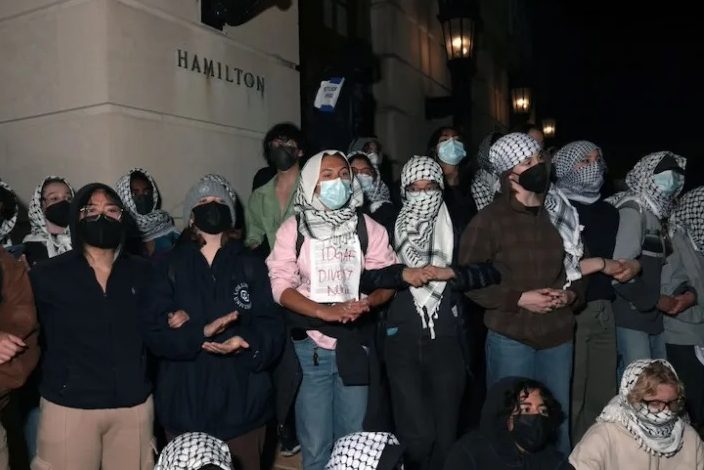






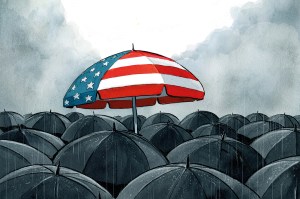

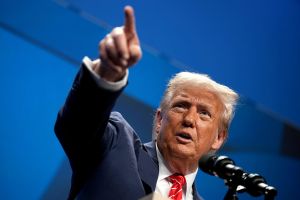
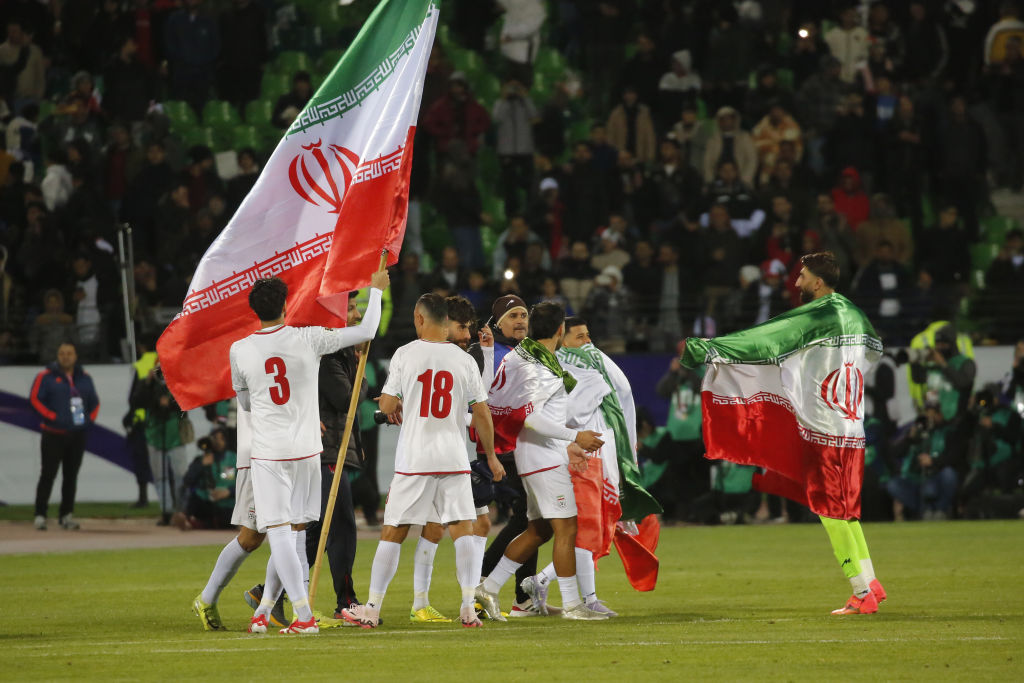
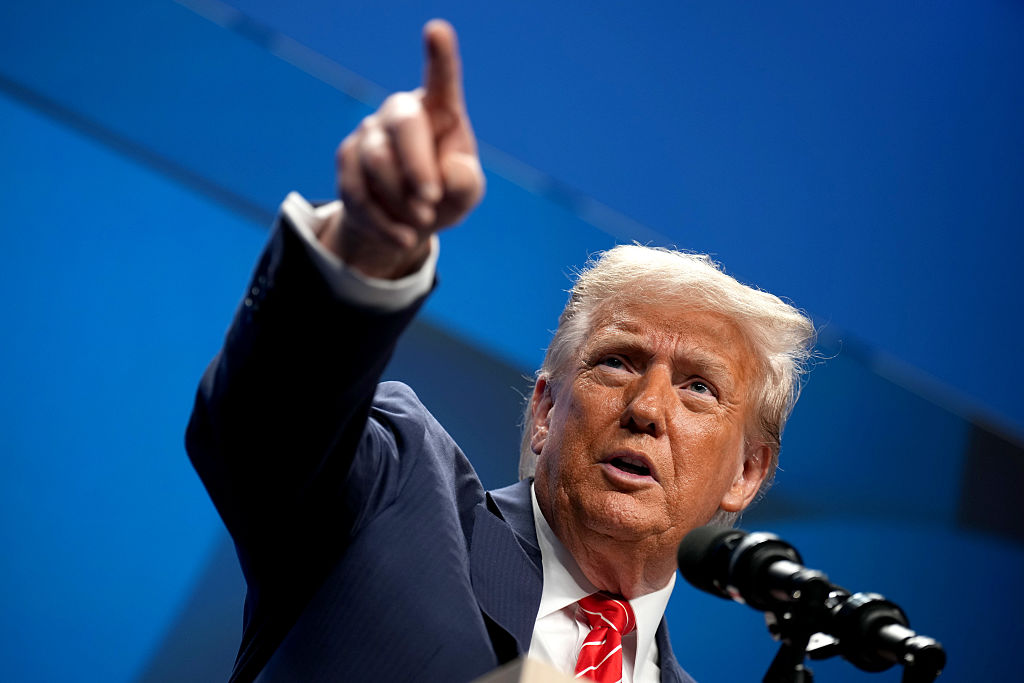
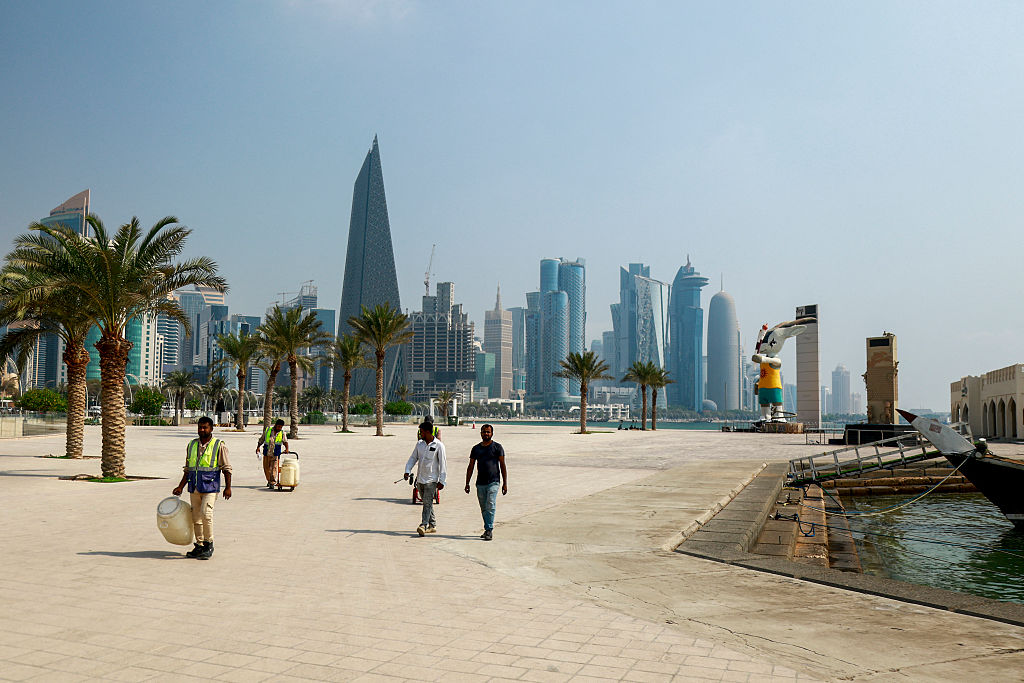

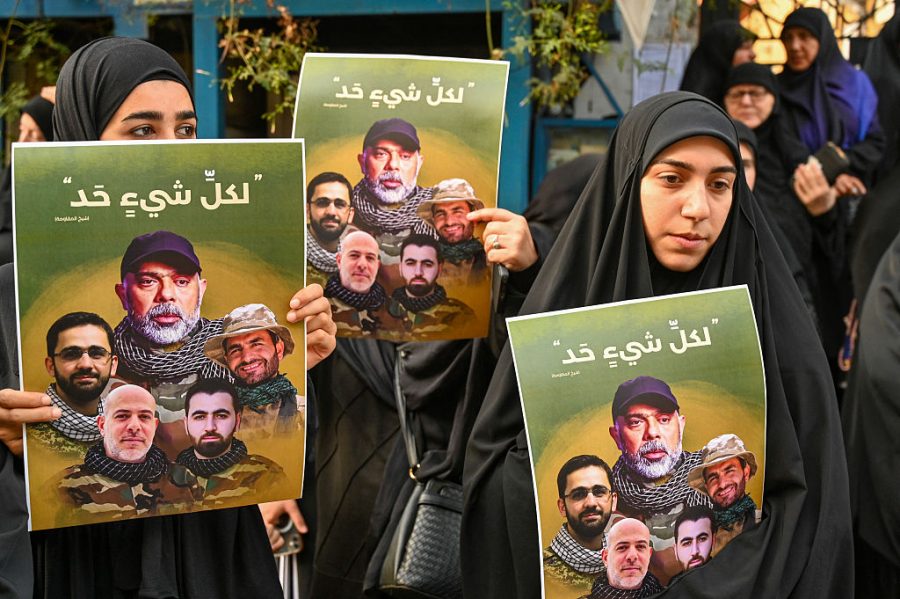
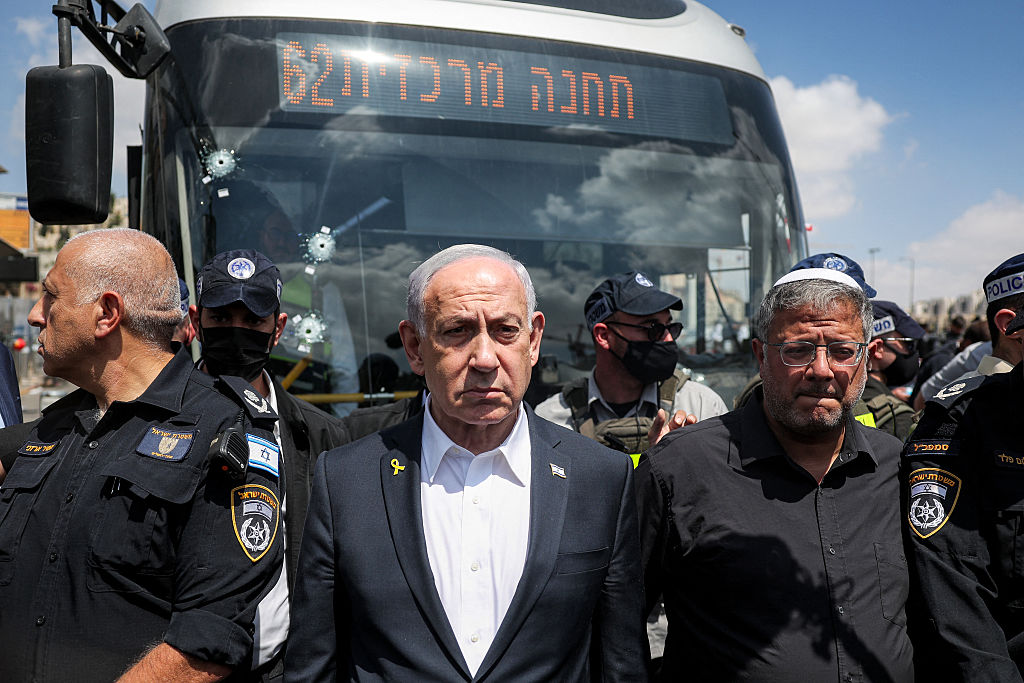







Leave a Reply